Birmingham scientists discover killer dinosaur newt the size of a car
Artist impression of the newt, Metoposaurus algarvensis which has been discovered by scientists
A killer newt the size of a small car terrorised lakes and rivers during the rise of the dinosaurs, Birmingham scientists have discovered.
The ferocious amphibian, a distant relative of salamanders living today, took the place of crocodiles as one of the Earth’s top predators more than 200 million years ago.
Fossil remains of the species, Metoposaurus algarvensis, were found buried at the site of an ancient lake in southern Portugual which may have been home to several hundred of the creatures, said scientists.
Report author Dr Richard Butler, from the University of Birmingham, said: “Most modern amphibians are pretty tiny and harmless. But back in the Triassic these giant predators would have made lakes and rivers pretty scary places to be.”
Dr Steve Brusatte, from the University of Edinburgh’s School of GeoSciences, who led a study of Metoposaurus published in the Journal of Vertebrate Paleontology, added: “This new amphibian looks like something out of a bad monster movie.
“It was as long as a small car and had hundreds of sharp teeth in its big flat head, which kind of looks like a toilet seat when the jaws snap shut. It was the type of fierce predator that the very first dinosaurs had to put up with if they strayed too close to the water, long before the glory days of T.rex and Brachiosaurus.”
The family of giant salamander-like amphibians to which Metoposaurus belonged included other species found in parts of modern-day Africa, Europe, India and North America.
All were wiped out during a mass extinction 201 million years ago, long before the death of the dinosaurs.
This event marked the end of the Triassic Period, when the super landmass of Pangaea, which included all the world’s present-day continents, began to break apart.
The extinction killed off many groups of vertebrates, including giant amphibians, and paved the way for dinosaurs to take over the Earth.
Members of the Portuguese Metoposaurus colony are thought to have died when the lake they inhabited dried up.
Only a four square metre fraction of the site has been excavated so far, and work is continuing in the hope of unearthing more fossils.

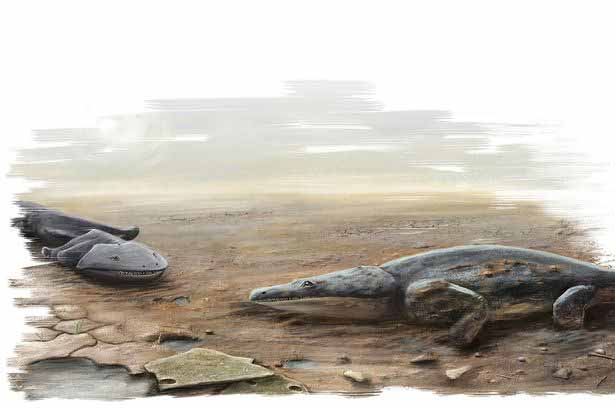

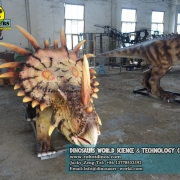
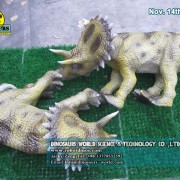
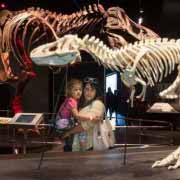
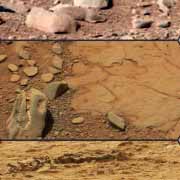
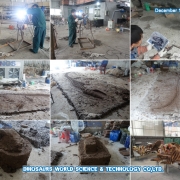
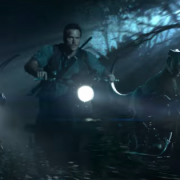
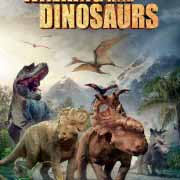


Leave a Reply
Want to join the discussion?Feel free to contribute!